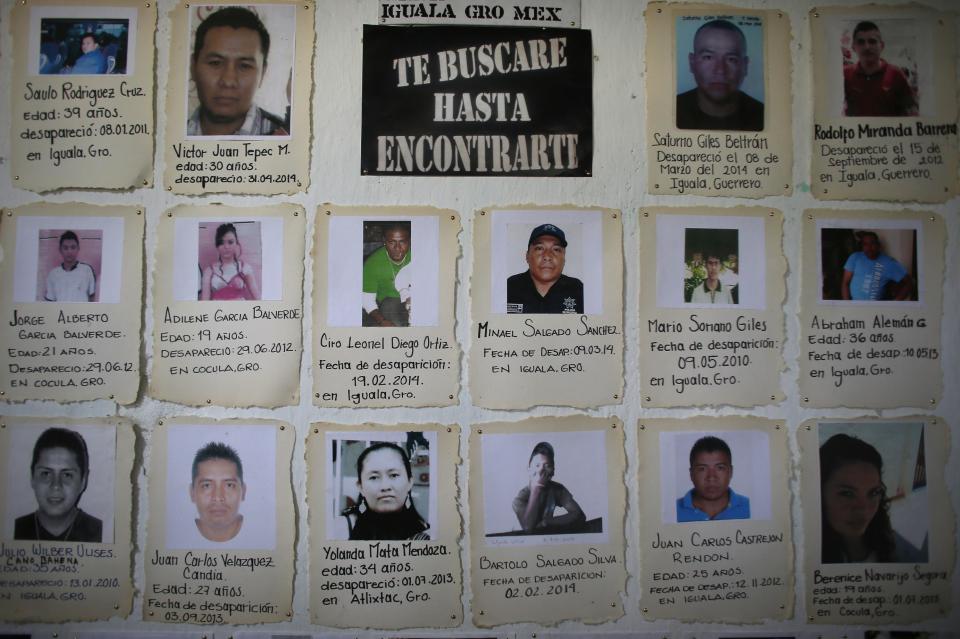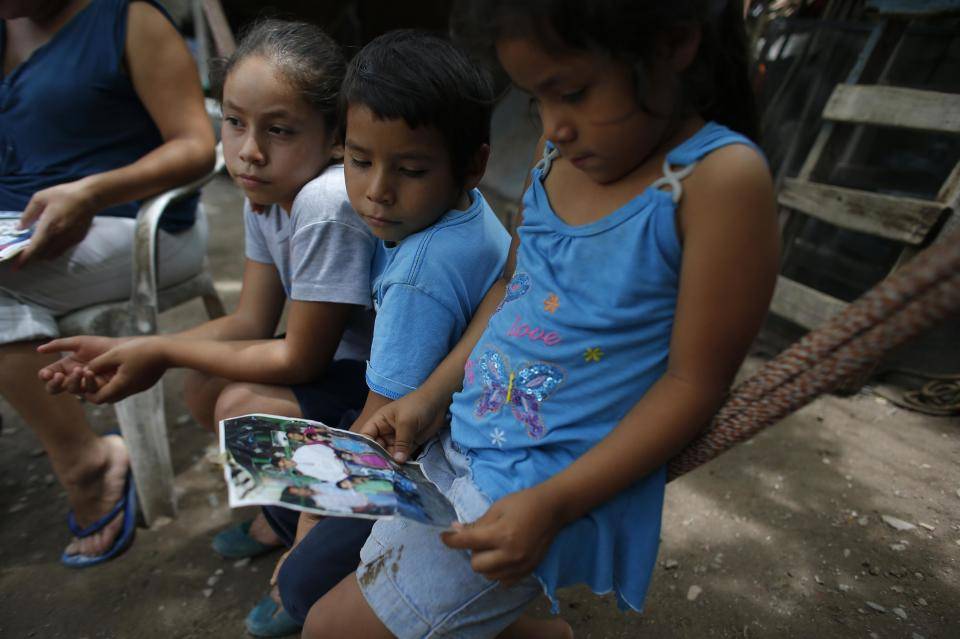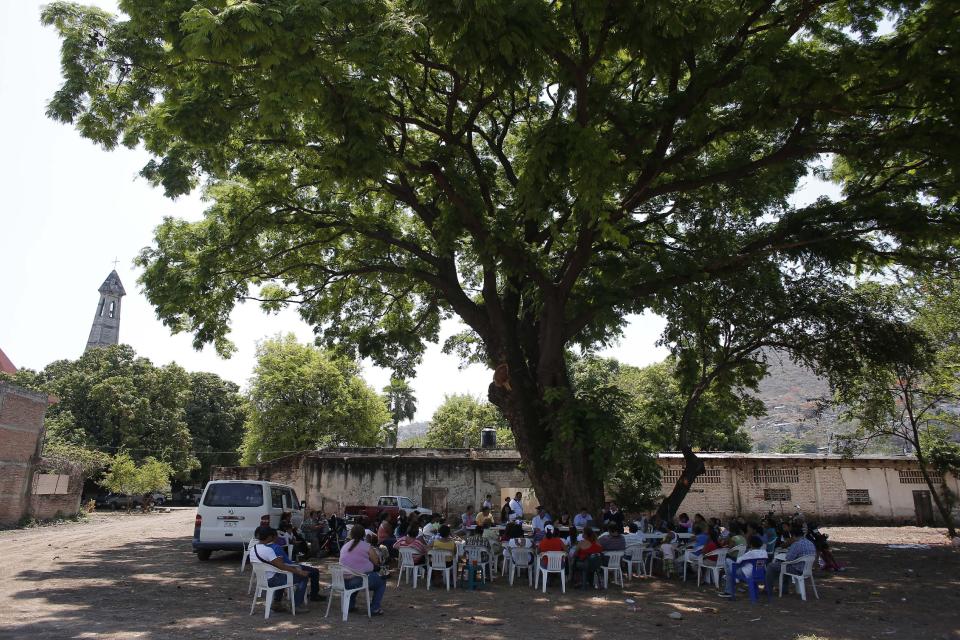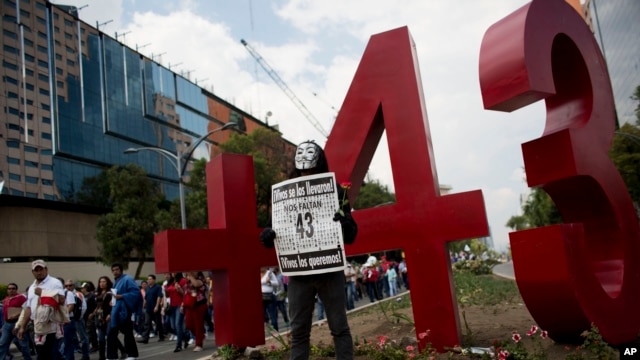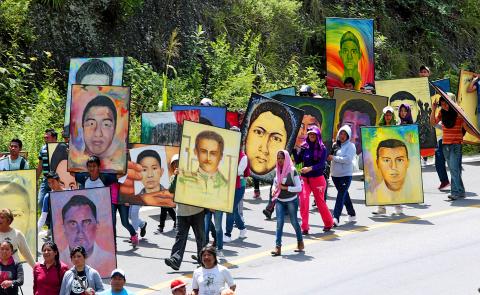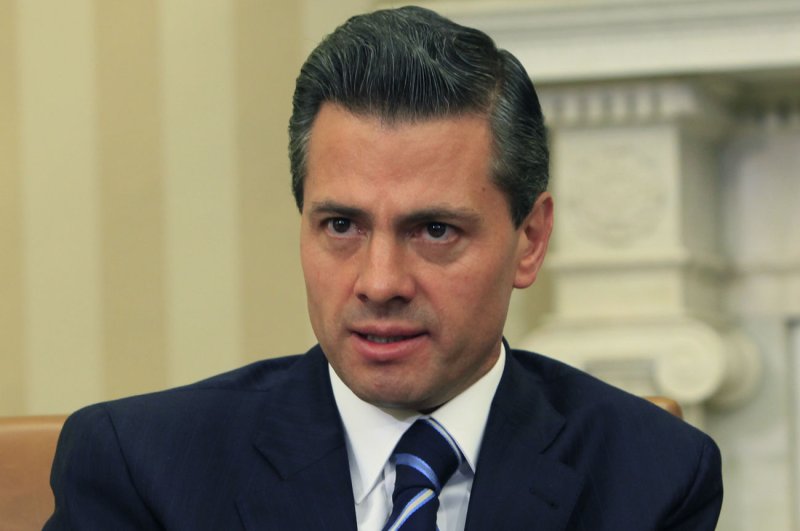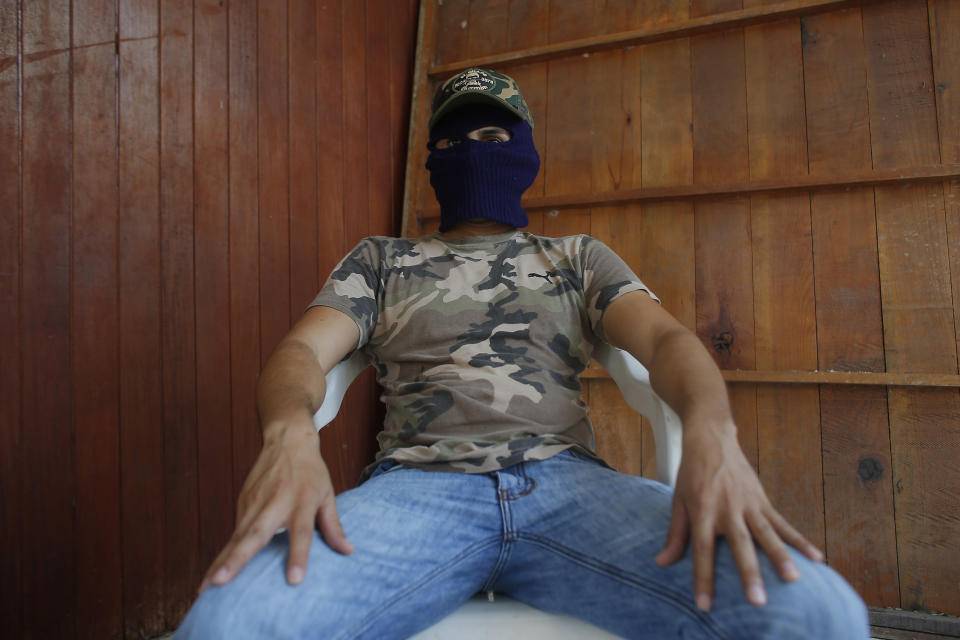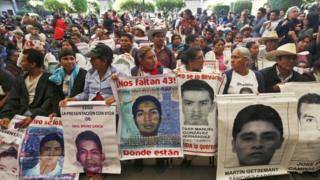- Thread starter
- Moderator
- #61
Mexican president gonna get tough on crime...
Mexican Leader Announces Nationwide Crime Crackdown
November 27, 2014 ~ Mexico's president announced a nationwide anti-crime plan Thursday that would give Congress the power to dissolve local governments infiltrated by drug gangs and give state authorities control over often-corrupt municipal police.
As if to underscore the crime problem, Mexican authorities Thursday reported the discovery of 11 mutilated bodies in the violence-racked state of Guerrero, with a note left at the scene tying the massacre to a criminal group. The victims were reported to be men in their 20s who were shot, partially burned or beheaded before being dumped on a highway in the area of Chilapa. That discovery was made as the country marked the disappearance two months ago of 43 students at a teachers college in the Guerrero city of Iguala. They were reportedly killed and incinerated by a drug gang working with local police. "Mexico cannot go on like this," President Enrique Pena Nieto said in announcing his initiative.
His plan would relax the complex manner in which offenses are dealt with at federal, state and local levels. At present, some local police refuse to act to prevent federal crimes like drug trafficking. It would also seek to establish a national identity number or document, though it was unclear what form that would take. The plan would focus first on four of Mexico's most troubled states — Guerrero, Michoacan, Jalisco and Tamaulipas — sending more federal police and other forces to the "hot land" area of the first two states, where the government has already sent significant contingents of federal police and soldiers.
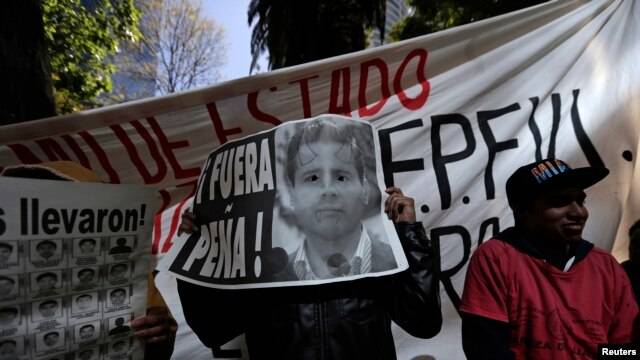
Demonstrator covers face with poster reading "Pena Out" during protest in support of 43 missing students outside office of Mexico's Attorney General, Mexico City
Other main proposals include:
— Constitutional reform to establish unified state police forces, going from more than 1,800 weak municipal police forces to 32 forces in the country's 31 states and the capital.
— Establishment of a single national emergency phone number, preferably "911."
— Expeditious passage of anti-corruption legislation pending in Congress.
— Emphasis on a reform agenda in the next session of Congress on civil justice and human rights, including reform of torture laws and investigations into disappeared persons.
Gang-related violence and the government's crackdown on cartels have left tens of thousands of Mexicans dead or missing since 2006.
Mexican Leader Announces Nationwide Crime Crackdown
Do you think he really will?



